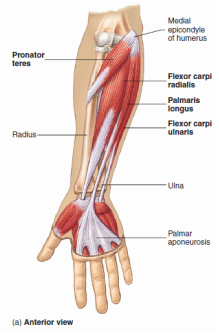How Much is Too Much? What the International Olympic Committee thinks about your training habits.9/14/2016 This month the International Olympic Committee (IOC) put out a consensus statement about "load management" and its relationship to major risk factors for injury in elite athletes. In my mind, performers are the ultimate athletes able to combine strength, grace, control, flexibility, artistic prowess, and explosive power all while managing performances, training, and the stresses (and joys) that come from creating art.
What is this load that the IOC is concerned about? Load, in summary of the IOC, is the combination of all sources of pressure on you comprised of those directly from your sport and those from outside your sport, including physiological, psychological, or mechanical stressors (ie lack of sleep, a busy schedule, preparing for a show, or going for a hard hike). These factors are considered over the short term (one training session or performance) and long term (months or years) and the variable magnitude of the factors (ie duration, frequency, and intensity)
0 Comments
 f when you grab your aerial silks, trapeze, or rope and the inside of your elbow shouts with sharp pain, you could be suffering from “climber's elbow” otherwise known as medial epicondylosis. But, what exactly is going on and what can you do about it? That super tender spot on the inside of your elbow is the medial epicondyle. This knobby bump on the ulnar (pinky side) of the elbow where the common flexor tendon attaches the wrist and finger flexor muscles, and the pronantor teres to the bone. These are the muscles that you use to flex your fingers and grasp your apparatus, to turn your palms facing outward, like to grip a trapeze, and to bend your wrist toward the pinky side of the hand, as with vertical apparatus. So, basically, all the muscles we hang our entire body weight from. Often injury to this tendon is due to overuse, either from over training with too little rest, or from muscle imbalances in the body that make these muscles work overtime. Overuse and muscular imbalance is incredibly common due to how our lives revolve around finger flexion. These are the same muscles we use to type and use those '”wonderful” track pads on our laptops. Considering that not only are we aerialists, but also participants in the digital age, this gets tricky. |
Dr. Emily Scherb
|
 RSS Feed
RSS Feed